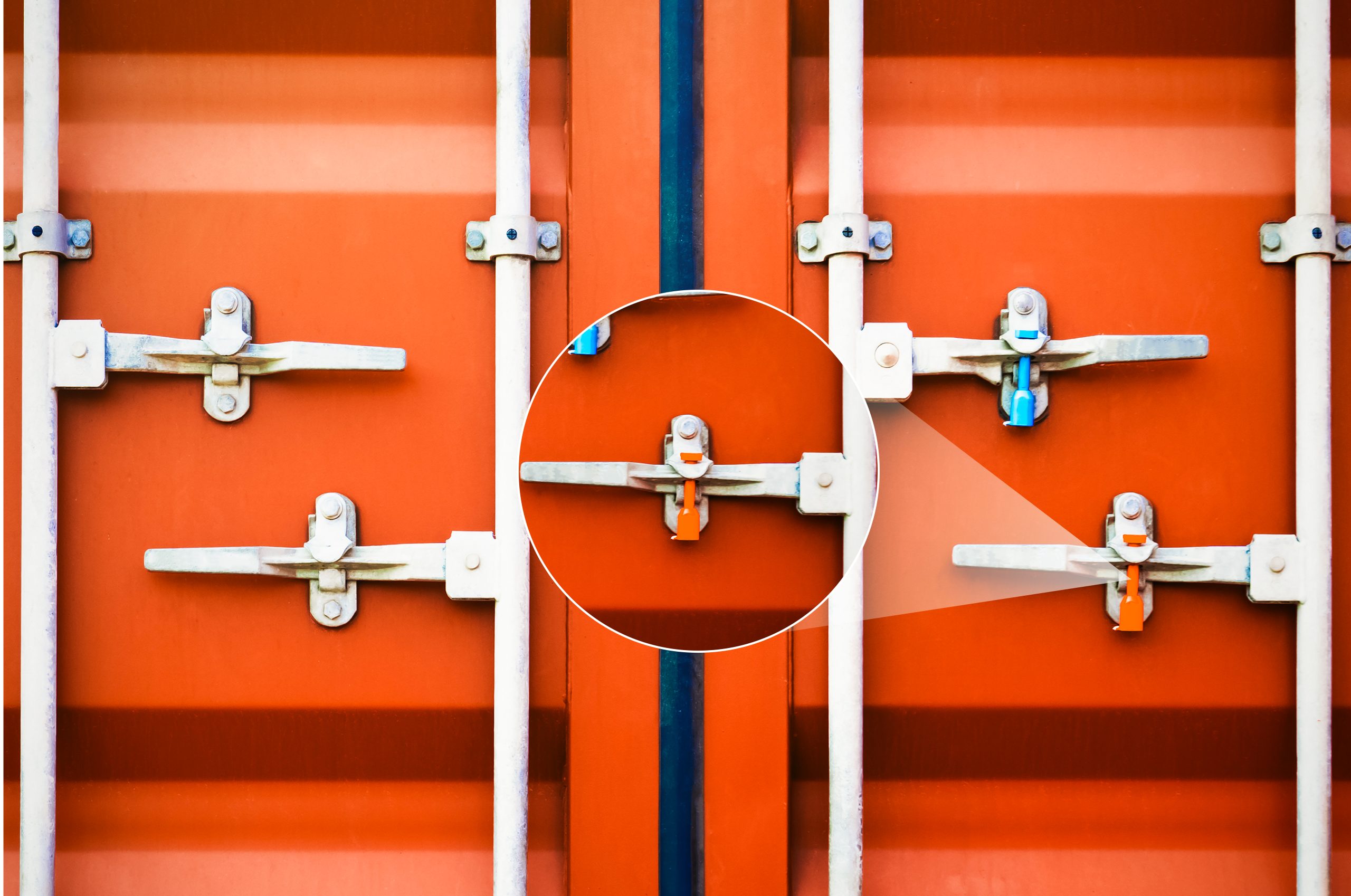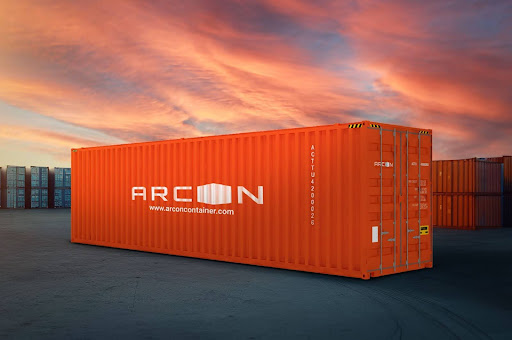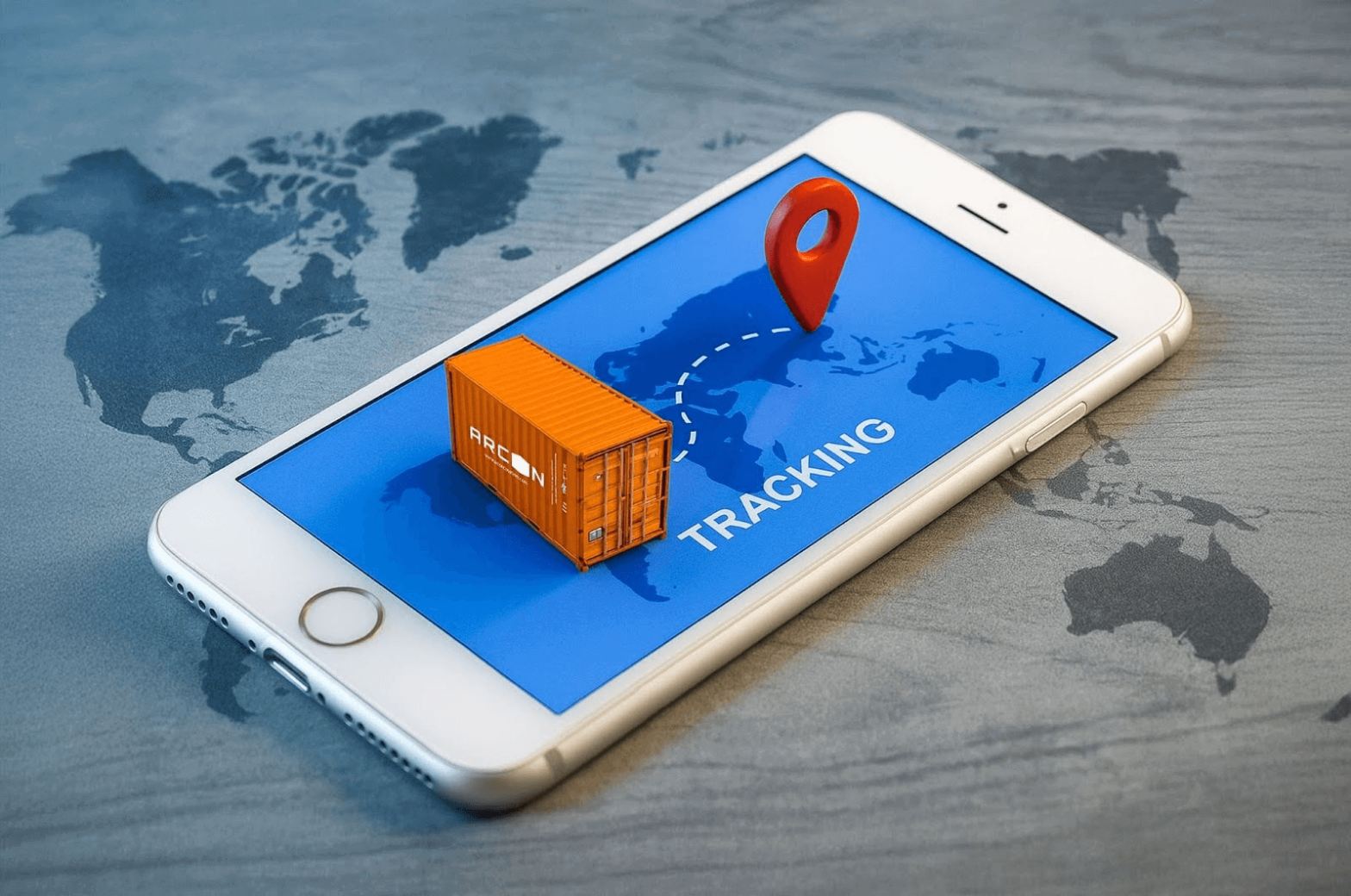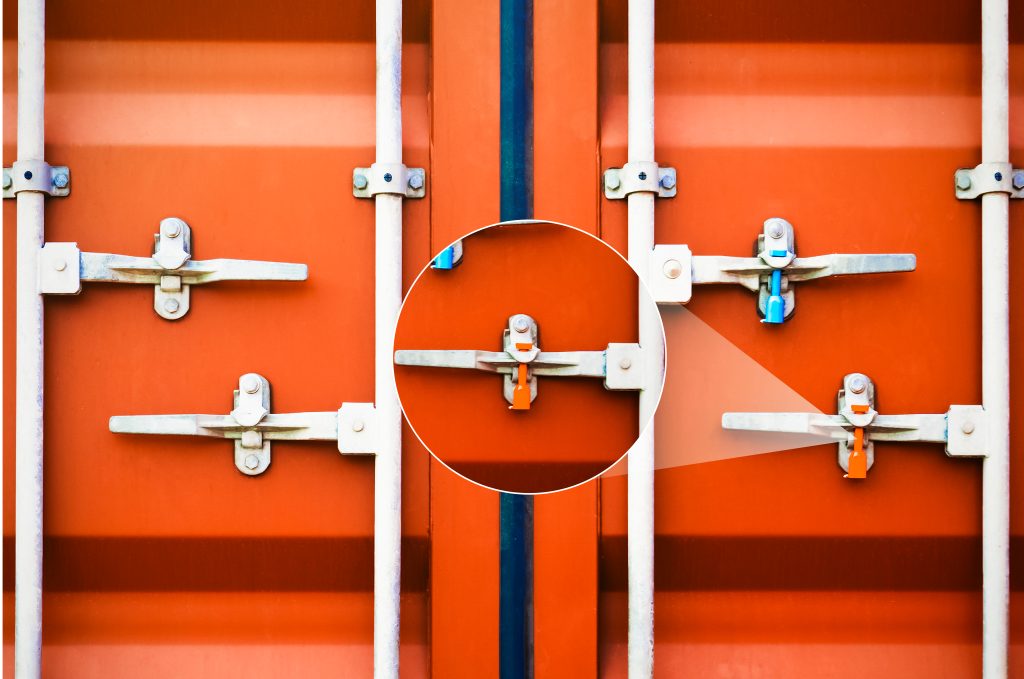
Time lost to damaged cargo, failed inspections, or clearance delays can cost businesses more than they imagine. The simple act of locking and sealing a container correctly eliminates many of these risks. A sealed shipping container not only safeguards goods but also ensures compliance, reduces liability, and streamlines your supply chain. Choosing the right shipping container seal and maintaining door seals are critical steps every operator should prioritise.
Types of shipping container seals
There are several types of shipping container seals used in global trade. Each has specific strengths, depending on cargo type, risk level, and regulatory requirements:
Bolt seals:
Bolt seals are heavy-duty, tamper-resistant devices commonly used for international shipments. They are ISO/PAS 17712 compliant, making them ideal for customs and security checks. Once applied, they require bolt cutters to remove, which provides clear evidence if someone attempts to interfere with the cargo. These seals are the go-to option for high-value or sensitive goods.
Cable seals:
Cable seals combine strength with flexibility, making them ideal for containers where adjustable sealing is required. They are also ISO-certified and can be tightened to fit different locking mechanisms, ensuring a snug, secure closure. Because of their design, they are particularly useful when containers are subjected to varied handling conditions during transit.
Plastic seals:
Plastic seals are lightweight, cost-effective, and designed for low-risk cargo. They are tamper-evident, meaning any attempt to break or replace them becomes immediately visible. While they do not offer the same strength as bolt or cable seals, they are widely used for domestic or short-distance shipments where risk is lower but accountability is still necessary.
Electronic seals (e-seals):
Electronic seals, or e-seals, integrate digital technology with traditional sealing methods. They provide real-time monitoring of a container’s status and location, making them invaluable for high-security supply chains. E-seals also help companies meet modern compliance requirements by offering an audit trail of movement and opening history, enhancing transparency and traceability.
Step-by-step guide to locking a container
- Close both container doors fully, ensuring that the vertical locking bars align correctly.
- Engage the locking cams at the top and bottom of each door.
- Secure the handle rods into the keeper brackets.
- Apply a robust container lock, such as a padlock or crossbar lock, especially for added protection in high-risk areas.
How to apply a seal correctly
- Choose the appropriate shipping container seal based on cargo sensitivity.
- Insert the seal through the hasp or locking mechanism provided on the door.
- Pull or tighten the seal until it locks in place.
- Record the unique seal number in the shipping documentation for verification at the destination.
Common mistakes to avoid while sealing
- Using non-compliant seals that do not meet international standards.
- Applying seals incorrectly, leaving gaps or weak points.
- Failing to record seal numbers may cause clearance delays
- Relying only on low-grade seals for high-value cargo.
Importance of container door seals
Beyond external seals, shipping container door seals (the rubber gaskets around container doors) play a vital role in ensuring cargo safety. These seals prevent water ingress, dust intrusion, and pest contamination, especially during long voyages. Damaged or worn-out door seals can compromise an otherwise perfectly locked container. Regular inspection of container door seals is therefore essential.
Benefits of a properly sealed shipping container
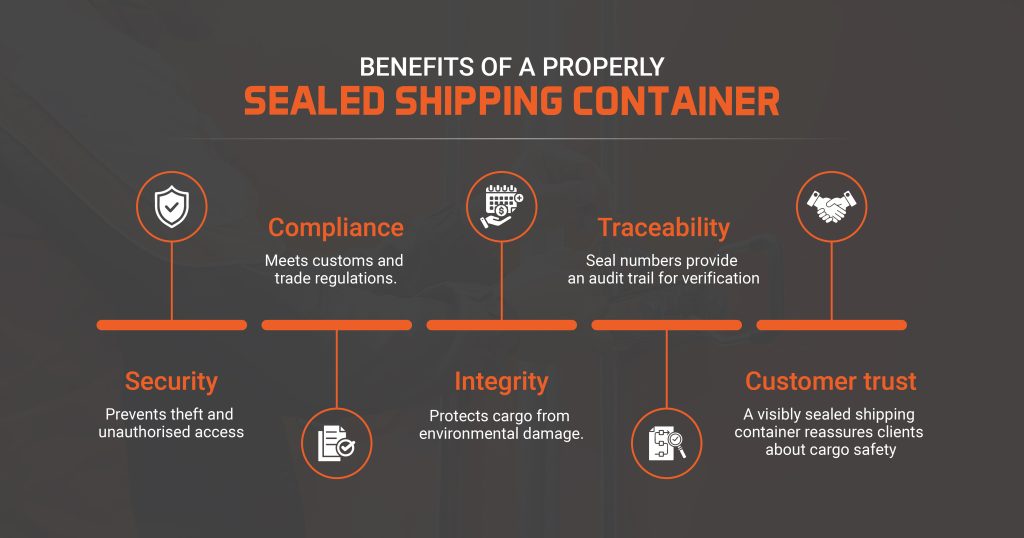
- Security: Prevents theft and unauthorised access.
- Compliance: Meets customs and trade regulations.
- Integrity: Protects cargo from environmental damage.
- Traceability: Seal numbers provide an audit trail for verification.
- Customer trust: A visibly sealed shipping container reassures clients about cargo safety.
Conclusion
Locking and sealing are more than routine tasks; they are critical steps in safeguarding goods, meeting international compliance, and maintaining supply chain trust. With the right shipping container seal, attention to shipping container door seals, and adherence to best practices, businesses can avoid common mistakes and ensure safe, reliable movement of cargo.At ARCON Container, we understand these challenges and provide shipping containers that prioritise compliance, safety, and dependability. For every journey, we deliver Container As A Solution.


